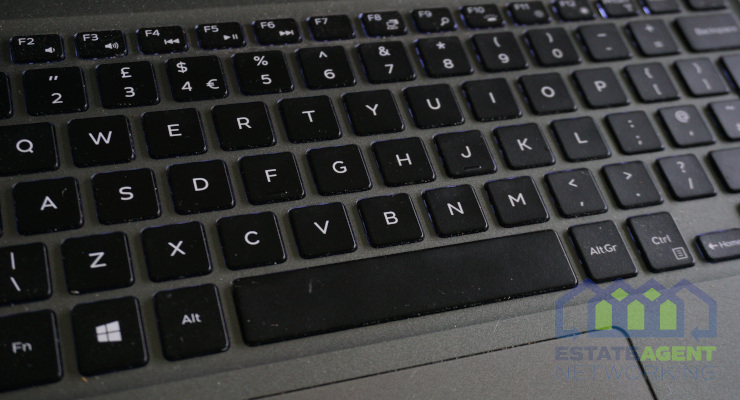Binance Smart Chain and Solana: rivals or solutions that have no overlap?
Ethereum was the first blockchain platform created to develop and deploy smart contracts. The launch of Ethereum can be considered the beginning of the era of decentralized finance, no matter how pretentious it may sound.
Soon, the founder of the new segment had competitors, and in 2021, the smart contract market once again changed significantly. The main problem for the founder of DeFi and dApps was limited scalability, which increased gas fees exponentially. It was only a matter of time before more progressive platforms emerged.
The leader among the potential “Ethereum killers” quickly became Binance Smart Chain. Solana quickly burst into this “club” a little later.
What is Binance Smart Chain?
Binance Smart Chain (BSC) is a high-performance blockchain network with smart contract support that belongs to the Binance crypto exchange ecosystem. The fully developed BSC platform with its fast block confirmation, high throughput and low fees quickly became a worthy competitor to Ethereum. Of course, this is not a reason to neglect diversification and immediately change your entire stock of ETH to BNB.
BSC supports smart contracts using the Proof-of-Staked-Authority (PoSA) consensus mechanism, and the high throughput of the ecosystem’s first blockchain, Binance Chain, to achieve the same level of speed and scalability.
Binance Smart Chain is compatible with the Ethereum Virtual Machine (EVM), meaning developers can deploy and migrate smart contracts and dApps from the Ethereum network to the BSC. However, high scalability and network throughput are achieved at the expense of significant damage to the decentralization of the network.
Another problem with the network is the centralized nature of the Binance Bridge, the gateway between Ethereum and BSC. Due to Binance’s policies, it may not be available to users in some countries.
What is Solana?
Solana is a highly scalable blockchain platform for smart contracts that has been developing quite actively lately. Solan’s high throughput is achieved without sacrificing decentralization, since consensus is achieved through a large number of validators. The network was launched in 2017 during the ICO boom, but at first it did not particularly stand out among the numerous startups.
This network uses the Proof-of-Stake (PoS) consensus algorithm, but strengthens it with Tower BFT, a custom implementation of Practical Byzantine Fault Tolerance (PBFT), to ensure security and stability even in the face of attack attempts from malicious nodes.
Tower BFT interacts with the Proof of History (PoH) protocol, which is responsible for ordering transactions. Unlike Bitcoin, where blocks contain out-of-order transactions, PoH establishes the order of transactions using hashes. This significantly increases the efficiency of transaction order verification on the Solana network. In addition, other unique developments have been implemented on the network.
Based on the totality of its characteristics, Solana looks like one of the best solutions to the blockchain trilemma, but the platform’s reputation was greatly damaged by technical failures that occurred in 2022. Solana is still behind BSC, but has good potential for further development and competition.
Other project characteristics
Market capitalization
At the time of writing, BNB, the native token of the Binance ecosystem, ranks 4th among cryptocurrencies with a market capitalization of $32.7 billion. Solan’s position is noticeably more modest; its capitalization hovers around the $8 billion mark. Now both coins are trading at fairly low levels in areas of long-term support and this is a good time to rebalance the portfolio. The BNB to SOL calculator will help you quickly figure out what to do – buy additional assets or partially exchange existing ones.
Scalability and block processing time
Both projects relied on high-speed blockchains. The average processing time for a Binance Smart Chain block is about three seconds. When the network is fully loaded, the blockchain will be able to process 160 TPS.
The Solana blockchain processes blocks in an average of 0.61 seconds. The throughput achieved is more than four times the estimated throughput of the BSC.
Solana’s design capacity is 50,000 TPS, expandable to 65,000 TPS.
Security and centralization
To assess the level of security and decentralization in networks, it is important to analyze the number of validators participating in the consensus mechanism of various blockchains.
Binance Smart Chain uses the PoSA algorithm and has a total of 21 validators with the most votes to confirm transactions and create new blocks. Comparatively, the Solana network has no such restrictions and has 658 validators. Thus, Solana demonstrates higher decentralization compared to Binance Smart Chain.
Both projects aim to improve the DeFi industry. At the current stage of market development, Binance Smart Chain surpasses Solana in terms of use, which is reflected in the capitalization of the project. Solan’s use is currently more limited, but this may change over time.









